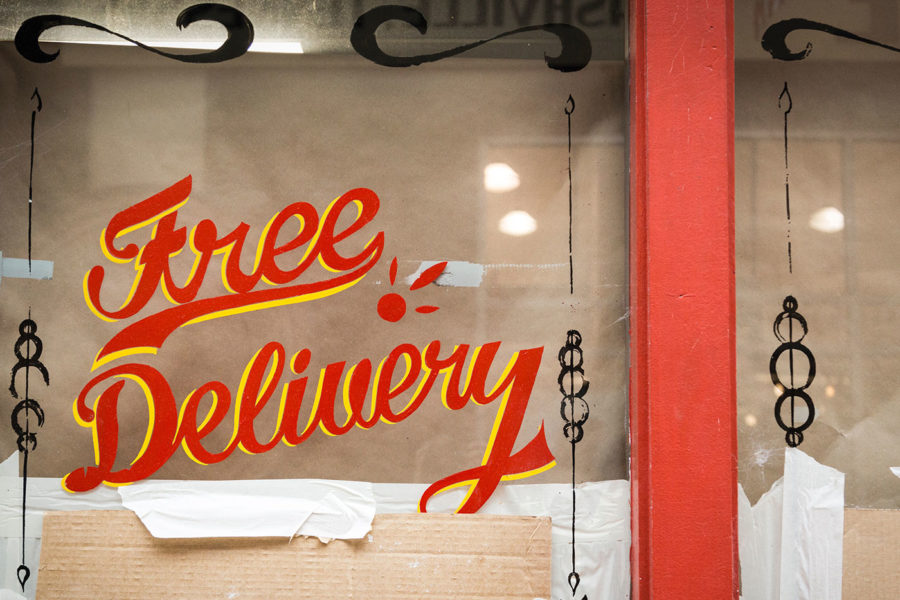Lately, I’ve been thinking a lot about helping smaller teams—especially those working with “legacy applications”—modernize their workflows. Working for a Fortune 500 company on an “enterprise-scale” application every day can cause you to take things like Continuous Integration and Delivery (CI/CD) for granted.
With that in mind, I’m going to try to turn my attention to simplifying some of these concepts. If you’ve ever been told “you should be using continuous integration” and been left wondering “okay, but how?” this post is for you!











